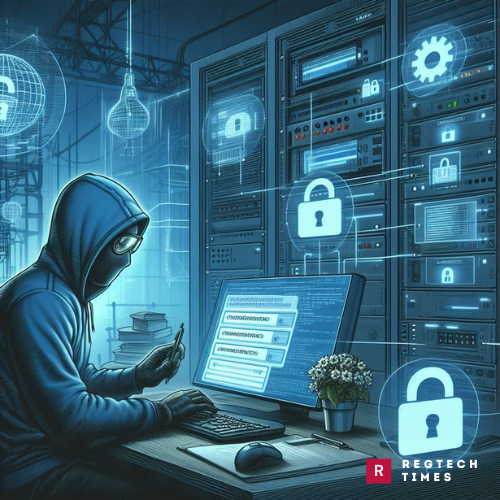In the ever-evolving domain of cybersecurity, a new threat has emerged that targets the very backbone of our critical infrastructure. Pro-Russian hacktivists, emboldened and technologically adept, have been systematically targeting operational technology (OT) systems across North America and Europe.
Understanding the Threat Landscape
Operational technology systems form the backbone of critical infrastructure, overseeing and controlling vital processes in industries such as water treatment, energy production, and food distribution. While traditionally operating in isolation from information technology networks, the increasing trend of interconnectivity has exposed them to a myriad of cyber threats.
The warning stems from a coalition of esteemed U.S. cybersecurity organizations, including the National Security Agency (NSA), the Cybersecurity and Infrastructure Security Agency (CISA), and the Federal Bureau of Investigation (FBI). Their vigilance has identified a series of malicious cyber activities orchestrated by pro-Russian hacktivists, specifically targeting small-scale OT devices within North American and European Water and Wastewater Systems (WWS), dams, energy facilities, and the food and agriculture sectors.
Delving into the Modus Operandi of Hacktivists
The hacktivists employ various tactics to infiltrate and compromise operational technology systems. Exploiting vulnerabilities within industrial control systems (ICS) components, they manipulate OT equipment to induce nuisance effects that could potentially escalate to physical damage. Their methods include gaining remote access through publicly exposed internet-facing connections, exploiting outdated virtual network computing (VNC) software, and leveraging default passwords on human-machine interfaces (HMIs).
While the techniques utilized by these groups may initially appear rudimentary, investigations have revealed their capacity to inflict tangible harm on insecure and misconfigured OT environments. This not only poses the risk of service disruptions but also raises grave concerns regarding public safety.
Implementing Defensive Strategies
In response to the imminent threat posed by pro-Russian hacktivist groups, the U.S. government has outlined a comprehensive set of recommendations for organizations operating OT systems. These defensive measures include:
Password Hygiene
Promptly replace all default passwords for OT devices, including programmable logic controllers (PLCs) and HMIs, with robust, unique alternatives. The use of strong, unique passwords is imperative to thwart unauthorized access attempts.
Reduced Exposure
Limiting the exposure of OT systems to the internet is paramount. Where remote access is indispensable, organizations should employ secure methods such as virtual private networks (VPNs) to safeguard against malicious intrusions.
Multifactor Authentication
Implementing multifactor authentication across all access points to the OT network adds an additional layer of security, rendering unauthorized access significantly more challenging for malicious actors.
Understanding the Bigger Picture
The warning about pro-Russian hacktivist activities serves as a stark reminder of the evolving cyber threat landscape. As nation-states and their proxies continue to leverage cyber capabilities for strategic objectives, the demarcation between digital and physical security becomes increasingly blurred.
For organizations operating OT systems, the imperative is clear: complacency is not an option. The recommended defensive measures are not merely best practices but essential steps in safeguarding the critical infrastructure that underpins modern society.
Implications
The implications of pro-Russian hacktivist threats extend beyond immediate disruptions to critical infrastructure. There are potential cascading effects on public safety, economic stability, and national security. A successful attack on OT systems could lead to widespread power outages, compromised water supplies, or disruptions in food distribution, impacting millions of lives and causing significant financial losses.
Furthermore, the interconnectedness of critical infrastructure implies that an attack on one sector could reverberate across others. For example, a cyberattack targeting energy facilities could disrupt transportation systems, communication networks, and healthcare services, exacerbating the impact and complicating recovery efforts.
The urgency embedded within the U.S. government’s warning cannot be overstated. Pro-Russian hacktivist attacks represent a clear and present danger to operational technology systems. By adopting a proactive security posture and diligently implementing the recommended measures, organizations can fortify their defenses against these insidious threats.
As we navigate the complexities of the digital age, the security of our critical infrastructure remains a shared responsibility. Only through collective vigilance, collaboration, and a steadfast commitment to cybersecurity can we hope to withstand the formidable cyber challenges of the 21st century.



